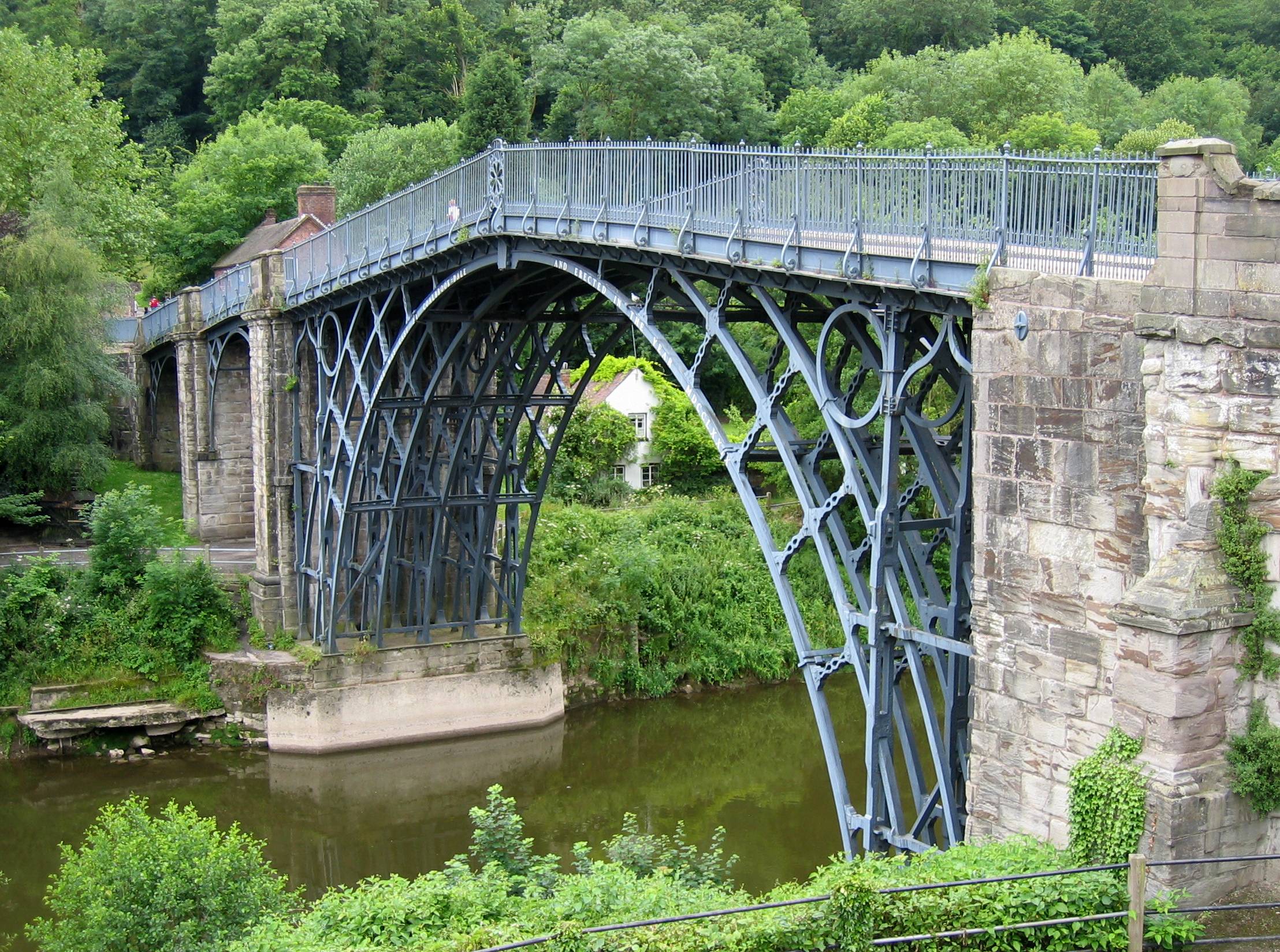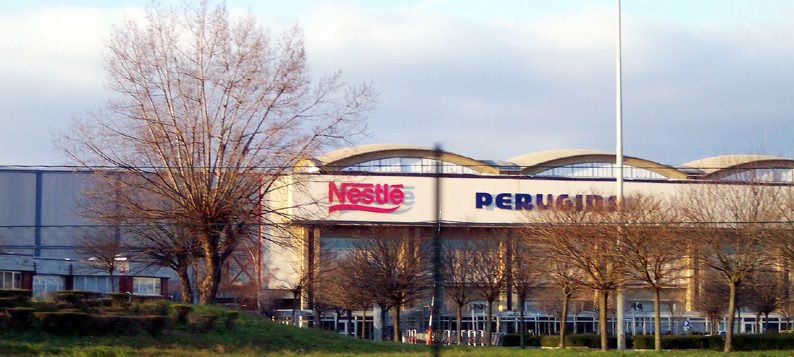|
Centro Direzionale Di Fontivegge
The Centro Direzionale di Fontivegge is a modern complex of public, commercial and residential buildings of Perugia, Italy. It is located in Piazza Nuova, in the neighbourhood of the railway station of Fontivegge. Background In the Fontivegge neighborhood, near the railway station, there is a complex of postmodern buildings, with the Centro Direzionale della regione Umbria (management centre of the Umbria region). It is also called “Broletto”, because it has the function of a public palace, as the Lombard Arengo (a place dedicated to the meeting of the citizens). It was designed in 1983 by the internationally renowned architect and designer Aldo Rossi to substitute another huge project of 1980, greater in volume, never realized because too expensive. The management wanted it to modernize the area that was previously occupied by the buildings, then in decay as abandoned after the moving of the chocolate factory in the outskirts of the city, of the Perugina. The old smokesta ... [...More Info...] [...Related Items...] OR: [Wikipedia] [Google] [Baidu] |
Perugia
Perugia (, , ; lat, Perusia) is the capital city of Umbria in central Italy, crossed by the River Tiber, and of the province of Perugia. The city is located about north of Rome and southeast of Florence. It covers a high hilltop and part of the valleys around the area. The region of Umbria is bordered by Tuscany, Lazio, and Marche. The history of Perugia goes back to the Etruscan period; Perugia was one of the main Etruscan cities. The city is also known as the University, universities town, with the University of Perugia founded in 1308 (about 34,000 students), the University for Foreigners Perugia, University for Foreigners (5,000 students), and some smaller colleges such as the Academy of Fine Arts "Pietro Vannucci" ( it, Accademia di Belle Arti "Pietro Vannucci") public athenaeum founded in 1573, the Perugia University Institute of Linguistic Mediation for translators and interpreters, the Music Conservatory of Perugia, founded in 1788, and other institutes. Perugia ... [...More Info...] [...Related Items...] OR: [Wikipedia] [Google] [Baidu] |
Perugia Railway Station
Perugia railway station, also known as Perugia Fontivegge railway station ( it, Stazione di Perugia; Stazione di Perugia Fontivegge) is the main station serving the city and ''comune'' of Perugia, in the region of Umbria, central Italy. Opened in 1866, it forms part of the Foligno–Terontola railway, which also links Florence with Rome. The station is currently managed by Rete Ferroviaria Italiana (RFI). However, the commercial area of the passenger building is managed by Centostazioni. Train services are operated by or on behalf of Trenitalia. Each of these companies is a subsidiary of Ferrovie dello Stato (FS), Italy's state-owned rail company. Regional train services calling at the station are operated by Ferrovia Centrale Umbra, which sub-contracts on behalf of Trenitalia. Location Perugia railway station is situated at Piazza Vittorio Veneto, in the heavily populated district of Fontivegge, about southwest of the city centre. History The station was opened on 12 ... [...More Info...] [...Related Items...] OR: [Wikipedia] [Google] [Baidu] |
Postmodern Architecture
Postmodern architecture is a style or movement which emerged in the 1960s as a reaction against the austerity, formality, and lack of variety of modern architecture, particularly in the international style advocated by Philip Johnson and Henry-Russell Hitchcock. The movement was introduced by the architect and urban planner Denise Scott Brown and architectural theorist Robert Venturi in their book ''Learning from Las Vegas''. The style flourished from the 1980s through the 1990s, particularly in the work of Scott Brown & Venturi, Philip Johnson, Charles Moore and Michael Graves. In the late 1990s, it divided into a multitude of new tendencies, including high-tech architecture, neo-futurism, new classical architecture and deconstructivism. However, some buildings built after this period are still considered post-modern. Origins Postmodern architecture emerged in the 1960s as a reaction against the perceived shortcomings of modern architecture, particularly its rigid doctrines, ... [...More Info...] [...Related Items...] OR: [Wikipedia] [Google] [Baidu] |
Aldo Rossi
Aldo Rossi (3 May 1931 – 4 September 1997) was an Italian architect and designer who achieved international recognition in four distinct areas: architectural theory, drawing and design and also product design. He was one of the leading exponents of the postmodern movement. He was the first Italian to receive the Pritzker Prize for architecture. Early life He was born in Milan, Italy. After early education by the Somascan Religious Order and then at Alessandro Volta College in Lecco in 1949, he went to the school of architecture at the Polytechnic University of Milan. His thesis advisor was Piero Portaluppi and he graduated in 1958. In 1955, he had started writing for, and from 1959 was one of the editors of, the architectural magazine Casabella-Continuità, with the editor in chief Ernesto Nathan Rogers. Rossi left in 1964 when the chief editorship went to Gian Antonio Bernasconi. Rossi went on to work for Società magazine and Il_contemporaneo, making him one of the mo ... [...More Info...] [...Related Items...] OR: [Wikipedia] [Google] [Baidu] |
Industrial Archaeology
Industrial archaeology (IA) is the systematic study of material evidence associated with the industrial past. This evidence, collectively referred to as industrial heritage, includes buildings, machinery, artifacts, sites, infrastructure, documents and other items associated with the production, manufacture, extraction, transport or construction of a product or range of products. The field of industrial archaeology incorporates a range of disciplines including archaeology, architecture, construction, engineering, historic preservation, museology, technology, urban planning and other specialties, in order to piece together the history of past industrial activities. The scientific interpretation of material evidence is often necessary, as the written record of many industrial techniques is often incomplete or nonexistent. Industrial archaeology includes both the examination of standing structures and sites that must be studied by an excavation. The field of industrial arch ... [...More Info...] [...Related Items...] OR: [Wikipedia] [Google] [Baidu] |
Giorgio De Chirico
Giuseppe Maria Alberto Giorgio de Chirico ( , ; 10 July 1888 – 20 November 1978) was an Italian artist and writer born in Greece. In the years before World War I, he founded the '' scuola metafisica'' art movement, which profoundly influenced the surrealists. His most well-known works often feature Roman arcades, long shadows, mannequins, trains, and illogical perspective. His imagery reflects his affinity for the philosophy of Arthur Schopenhauer and of Friedrich Nietzsche, and for the mythology of his birthplace. After 1919, he became a critic of modern art, studied traditional painting techniques, and worked in a neoclassical or neo-Baroque style, while frequently revisiting the metaphysical themes of his earlier work. Life and works Giuseppe Maria Alberto Giorgio de Chirico was born in Volos, Greece, as the eldest son of Gemma Cervetto and Evaristo de Chirico. His mother was a baroness of Genoese originsNikolaos Velissiotis"The Origins of Adelaide Mabili and Her ... [...More Info...] [...Related Items...] OR: [Wikipedia] [Google] [Baidu] |
Rationalism
In philosophy, rationalism is the epistemological view that "regards reason as the chief source and test of knowledge" or "any view appealing to reason as a source of knowledge or justification".Lacey, A.R. (1996), ''A Dictionary of Philosophy'', 1st edition, Routledge and Kegan Paul, 1976. 2nd edition, 1986. 3rd edition, Routledge, London, 1996. p. 286 More formally, rationalism is defined as a methodology or a theory "in which the criterion of truth is not sensory but intellectual and deductive".Bourke, Vernon J., "Rationalism," p. 263 in Runes (1962). In an oldJohn Locke (1690), An Essay on Human Understanding controversy, rationalism was opposed to empiricism, where the rationalists believed that reality has an intrinsically logical structure. Because of this, the rationalists argued that certain truths exist and that the intellect can directly grasp these truths. That is to say, rationalists asserted that certain rational principles exist in logic, mathematics, ethics, and ... [...More Info...] [...Related Items...] OR: [Wikipedia] [Google] [Baidu] |
Colonna Di Piazza Nuova
The House of Colonna, also known as ''Sciarrillo'' or ''Sciarra'', is an Italian noble family, forming part of the papal nobility. It was powerful in medieval and Renaissance Rome, supplying one pope (Martin V) and many other church and political leaders. The family is notable for its bitter feud with the Orsini family over influence in Rome, until it was stopped by papal bull in 1511. In 1571, the heads of both families married nieces of Pope Sixtus V. Thereafter, historians recorded that "no peace had been concluded between the princes of Christendom, in which they had not been included by name". History Origins According to tradition, the Colonna family is a branch of the Counts of Tusculum — by Peter (1099–1151) son of Gregory III, called Peter "de Columna" from his property the Columna Castle in Colonna, in the Alban Hills. Further back, they trace their lineage past the Counts of Tusculum via Lombard and Italo-Roman nobles, merchants, and clergy through the Early Mid ... [...More Info...] [...Related Items...] OR: [Wikipedia] [Google] [Baidu] |
Buitoni
Buitoni () is an Italian food company based in Sansepolcro. It was founded in 1827. They are known for their factory-produced products of pasta and sauces. In 1985, the Buitoni family sold the company to Carlo De Benedetti; in 1988, it was acquired by Nestlé. In 2017, Nestlé began a brand reorganization and licensed a variety of Buitoni frozen ready meals in Italy to Frosta AG of Bremerhaven, Germany. Information Buitoni produces a range of pasta and sauces. The company exports products to about 50 countries and offers private-label production services. Casa Buitoni is located up in the hills of Tuscany along with the fields of tomatoes, wheat, vegetables, herbs, and olives. It was the house of Giulia's grandson, Giuseppe, and it now serves as a company product development center. Buitoni products are created and sampled in the casa, which includes a test kitchen, demonstration workshop and communications center. 2013 meat adulteration scandal In February 2013, traces of hors ... [...More Info...] [...Related Items...] OR: [Wikipedia] [Google] [Baidu] |
Aldo Capitini
Aldo Capitini (23 December 1899 – 19 October 1968) was an Italian philosopher, poet, political activist, anti-Fascist and educator. He was one of the first Italians to take up and develop Mahatma Gandhi's theories of nonviolence and was known as "the Italian Gandhi". Life Early life, 1899–1920 CapitiniNational Association of Friends Aldo Capitini (1968) was born in Perugia in 1899. His father was a municipal official and his mother a tailor. From an early age Capitini became interested in philosophy and literature. Until the age of 17 years he was interested in the Futurism and nationalists who supported intervention of Italy in World War I. From 1918–1919 he abandoned modernism and nationalism for humanitarian, pacifist and socialist causes. He was committed to the study of the Latin language and Greek literature. Capitini was physically fragile and fell ill, discovering solidarity with those who suffered "the last".Capitini 1990: 11 A long illness in his youth led to ... [...More Info...] [...Related Items...] OR: [Wikipedia] [Google] [Baidu] |
Perugina
Perugina is an Italian chocolate confectionery company based in Perugia, Italy that was founded in 1907. The company also operates a chocolate-making school at its factory in Perugia, which commenced in 2007. Perugina was purchased by the Nestlé corporation in 1988, and it is now a division of Nestlé corporation. History The company was formed in 1907 by Francesco Buitoni, Annibale Spagnoli, Leone Ascoli and Francesco Andreani. It was founded in the town of Perugia, which is located in the Umbria region of central Italy. A great deal in Perugina's success is attributed to Luisa Spagnoli, who created the chocolate brand Perugina and played the paramount role in the chocolate factory setup and further development. The company was introduced to the United States at the 1939 World's Fair in New York City, and since became known for producing fine chocolates. Perugina also opened a retail store on Fifth Avenue in New York City circa 1939. Products The company produces a wide ar ... [...More Info...] [...Related Items...] OR: [Wikipedia] [Google] [Baidu] |









